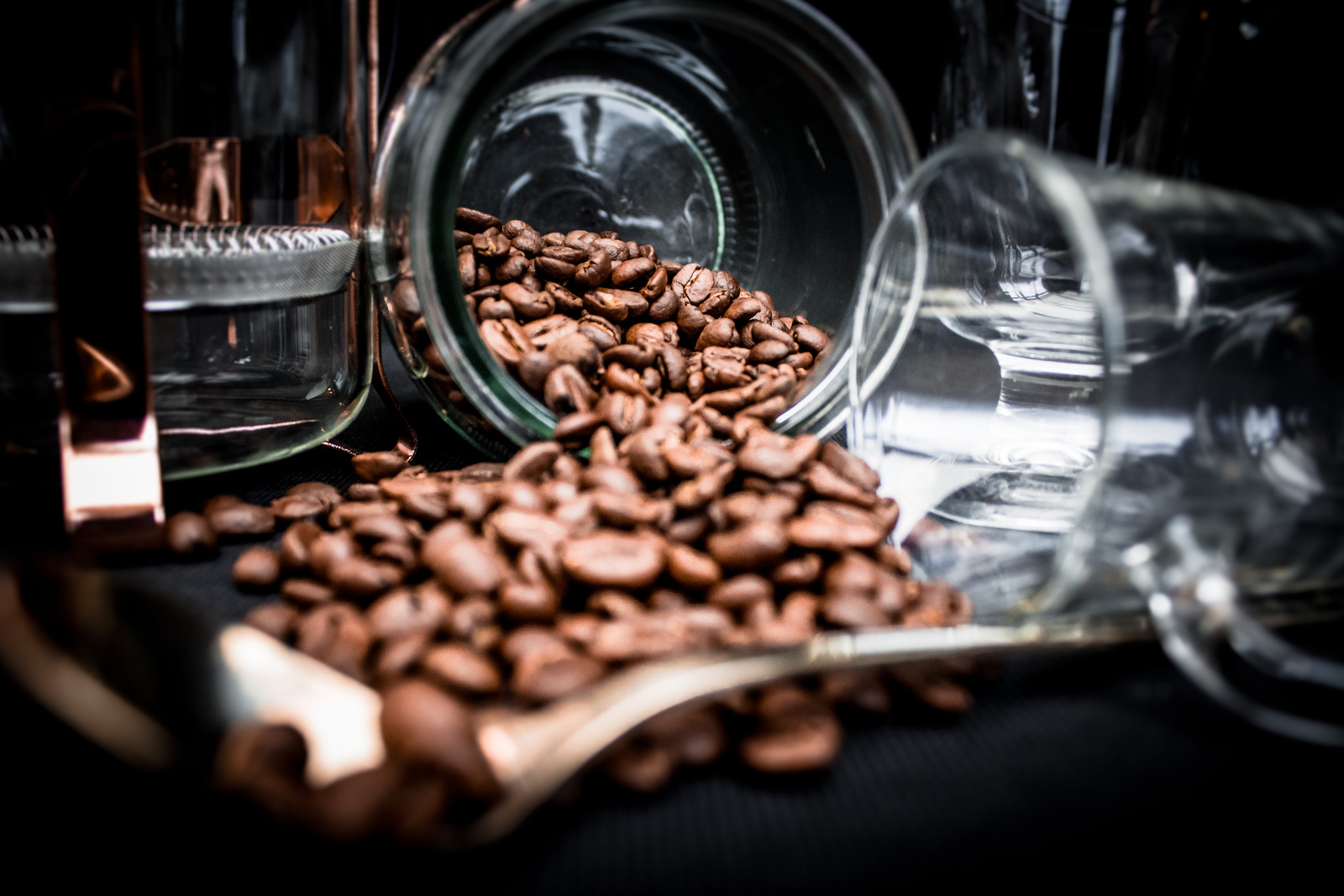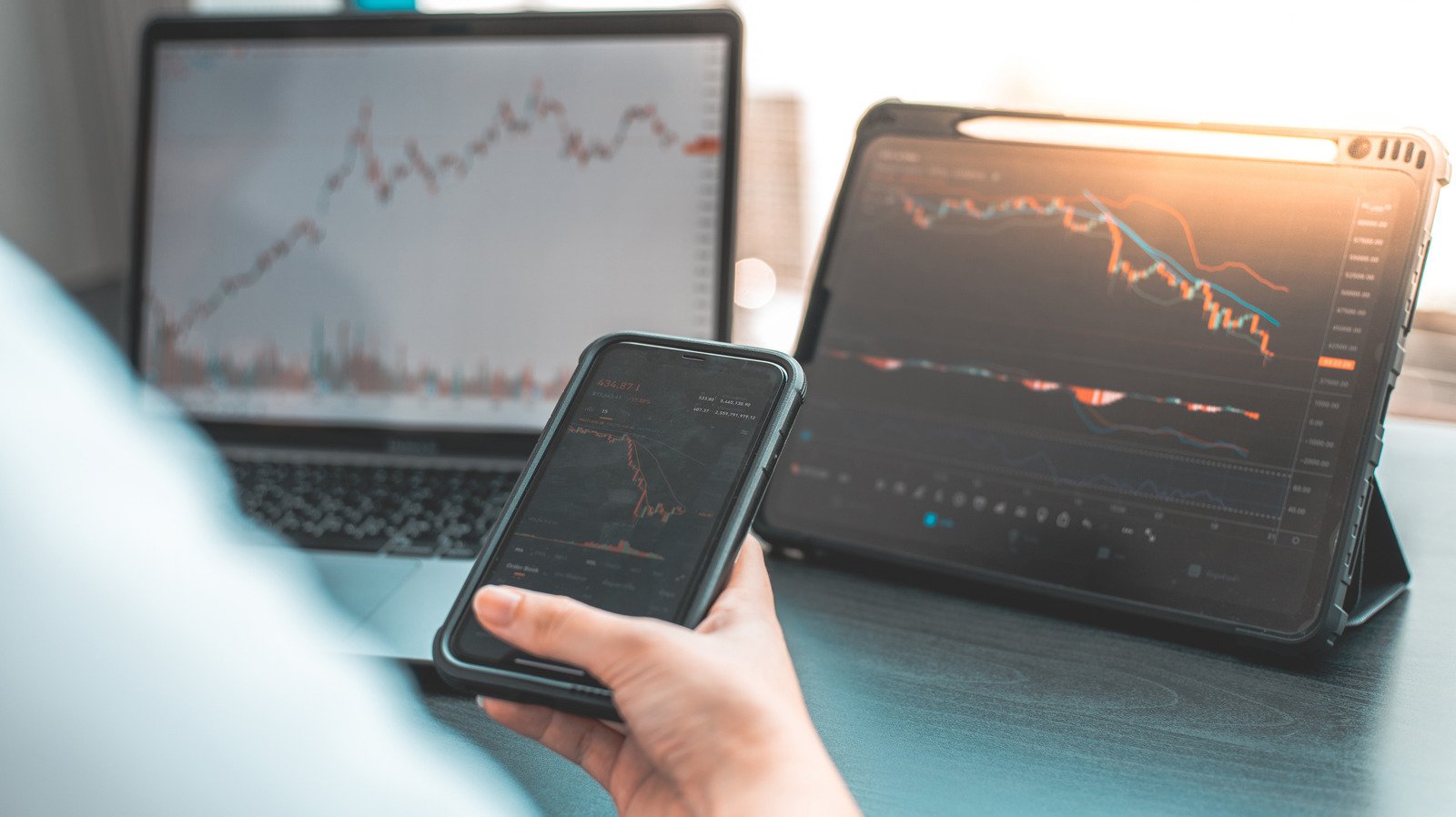Coffee is one of the most popular commodities traded worldwide. There’s often plenty of speculation around the price of coffee, making it a unique commodity market for CFDs. Read on to find out how coffee CFDs work and how you can trade them.
Coffee CFD Markets: An Overview

Coffee CFDs are derivative products that allow you to speculate on the short-term price movements of the coffee commodity.
A significant advantage of CFDs is that you don’t have to own the underlying asset. With coffee as the underlying asset, you only trade its price movements. That also means you don’t have to purchase actual coffee from the commodities exchange market.
Another benefit of coffee CFDs is that you can trade them in bull and bear markets since they only focus on price movements.
As we’ll discuss below, coffee CFDs also allow you to trade on margin, which means lower capital requirements. You also enjoy leverage, which can magnify your potential returns only when you use them right, even though it can also magnify your losses.
Before we get into that, let’s explore coffee itself as a commodity.
Coffee: An Introduction
Coffee falls under the classification of a “soft commodity.” Unlike “hard commodities” extracted or mined from the earth, coffee is an agricultural product. Coffee is also one of the world’s most essential commodities.
Did you know that over 2.25 billion cups of coffee are consumed worldwide every day? That’s partly why coffee is one of the world’s most traded commodities. [1]
Types of Coffee
There are two major types of coffee traded worldwide: Arabica and Robusta. These two coffee types differ in crucial ways and respond to different triggers that can inform your trading strategy.
Here’s a brief look at them:
Arabica — Arabica coffee is more premium and flavourful and therefore more expensive. Arabica also makes up about 60% to 70% of the world’s coffee, a major cash crop from Brazil and Colombia . Arabica coffee beans sell at anywhere between $2.60 and $3 per kilogram in recent times.[2]
Robusta — Robusta coffee has a more bitter and earthy taste but higher caffeine content. It does well in lower altitudes and hotter climates like in Vietnam, one of the world’s largest producers. Robusta makes up about 30% to 40% of the world’s coffee and trades at about $1.50 to $2 per kilogram in recent times.
Factors that Affect the Price of Coffee
Coffee is quite volatile in the commodity markets because of some critical factors. Let’s take a look at some of them:
- Weather and Climate — Coffee is particularly susceptible to adverse weather and climate changes. Frost, ice, and dry weather are coffee’s worst enemies, and they can lead to lower yields. Lower yields decrease the global coffee supply, and that drives prices up.
- Seasons — Most of the world consumes more coffee during the cold winter seasons and less coffee during warmer seasons and summer. An increase in demand for coffee in the colder months of May and September also leads to a rise in the price of coffee.
- Geopolitics — Coffee is a major export of many developing countries. Any slight change in political stability within these nations can lead to an increase in global coffee prices.
- Oil Prices — Most coffee producers also consume massive amounts of oil in energy production, manufacturing, and transportation. If the price of petroleum increases, the cost of production increases. That also means the price of coffee beans will skyrocket.
Top Five Global Producers of Coffee
Coffee is a major cash crop for about 50 countries in what’s known as the “Coffee Belt.” Most of these countries are in tropical or subtropical regions. The top producers of coffee are:[3]
Coffee CFDs work similarly to CFDs in all other asset classes. They all come with three features: Let’s explore how these features work. Coffee CFDs use leverage, which increases your exposure in the commodity markets. Leverage allows you to use limited upfront capital (or margin) to control a more significant position. In the case of Coffee CFDs, you put down a fraction of the full value of your trade, and your broker loans you the rest.
Let’s explore margin a bit more. By definition, the margin is the initial capital you require to open a coffee CFD position. But, there are two types of margin: Most times, the deposit margin is simply referred to as a deposit. If you want to open a leveraged CFD position on coffee, you’ll only need to deposit funds in your account.
You’ll Incur some charges while trading coffee CFDs. They are: You can get started trading Commodity CFDs today with these quick steps: To begin trading coffee CFDs, open a trading account. It’s a straightforward process. Select your broker and follow a few steps to open your account. Often, your broker will require proof of address and your identification documents. Once approved, you can access all CFD markets on their platform instantly.
A trading strategy is your best friend going into coffee CFDs, or any other trade for that matter. Create a trading strategy that helps you plan out your trades effectively. Use fundamental and technical analysis tools to get into your CFD positions. You can trade either Coffee Arabica or Coffee Robusta CFDs, since these two are distinct coffee markets. You can choose between coffee futures, coffee options and ETFs. You can also opt for coffee company stocks if you prefer indirect market exposure. Based on your strategy, open a long or short coffee CFD position on one or multiple coffee markets.
After you open your first coffee CFD position, you can monitor from wherever you are. You don’t need to stay logged in to your trading platform on your PC. You can track it with your phone app, using trading alert emails, SMSes, and push notifications.
Coffee is an excellent commodity to trade. Because of its volatility, coffee CFDs present a unique opportunity for retail traders. You can trade Arabica or Robusta CFDs, or opt for futures, ETFs and options. If you prefer indirect market exposure, you can still trade coffee company stocks. Reference The information has been prepared as of the date published and is subject to change thereafter. The information is provided for educational purposes only and doesn't take into account your personal objectives, financial circumstances, or needs. It does not constitute investment advice. We encourage you to seek independent advice if necessary. The information has not been prepared in accordance with legal requirements designed to promote the independence of investment research. No representation or warranty is given as to the accuracy or completeness of any information contained within. This material may contain historical or past performance figures and should not be relied on. Furthermore estimates, forward-looking statements, and forecasts cannot be guaranteed. The information on this site and the products and services offered are not intended for distribution to any person in any country or jurisdiction where such distribution or use would be contrary to local law or regulation.
How Coffee CFDs Work
1. Leverage in Coffee CFDs
As stated initially, leverage can exponentially increase your returns, but only if used right. Leverage is a double-edged sword, and you can incur losses that exceed your capital if you use it without risk management strategies.2. Margin in Coffee CFDs
You need a deposit to open a coffee CFD position. To keep it open, you’ll need what’s called maintenance margin. The purpose of the maintenance margin is to keep your positions open if any or all of them move towards making losses that your deposit and other additional funds in your account cannot cover.
If any of your CFD positions move against you, your broker can stop you from all your positions if you have an insufficient maintenance margin. Afterward, you’ll receive a margin call to top up your trading account with more funds before reopening other trades. 3. Fees
How to Trade Coffee CFDs
Create and Fund Your Trading Account
To fund your account, connect it to your debit/credit card or bank account where possible. Build a Trading Strategy
Choose Your Coffee CFD
Open Your First Coffee CFD Position
Ensure you use stop losses and limits on all your open positions. These limits are a risk management strategy in case your predictions are inaccurate. Monitor Your First Position and Close It
Once the position moves in your favour, you may consider closing it and take your profits (or even losses). You can also set a take profit order on your trade. Once you hit your target, the take profit order exits your open position with an upside.
If the position moves against you, you can still exit the position and spare yourself further losses. Also, your stop loss order can prevent your position from slipping beyond your control.Final Thoughts



